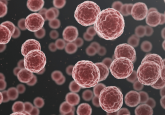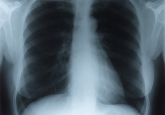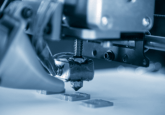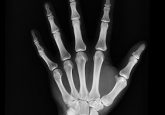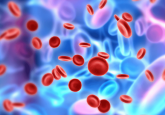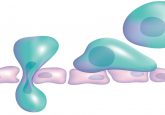3D printing improves prosthetic integration with native bone
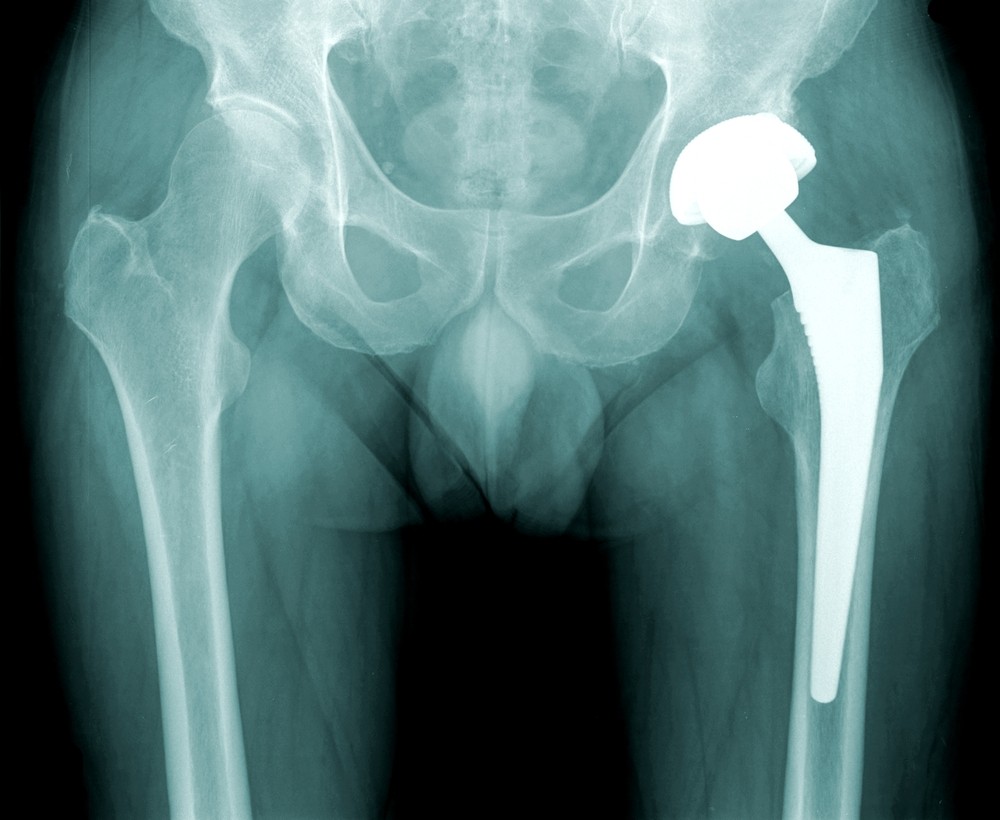
Assessing the texture of titanium implants, North Carolina researchers found that course textured implants transferred loads more efficiently and provided a more stable joint connection. Scientists from University of North Carolina and North Carolina State University (both NC, USA) how found that coarse-textured implants provided superior interlocking compared to finer-textured implants. An increase of 85% was seen in the removal torque utilizing coarse implants without affecting the bone-implant contact, which could lead to the prosthetic performing more efficiently. In the study, published in 3D Printing and Additive Manufacturing, two different methods of 3D printing were utilized to produce the implants;...
